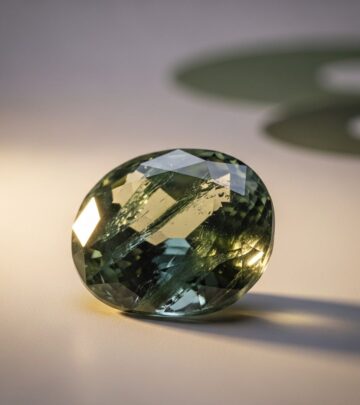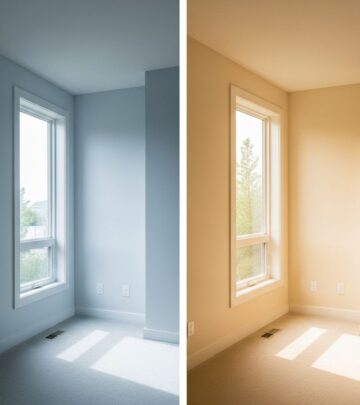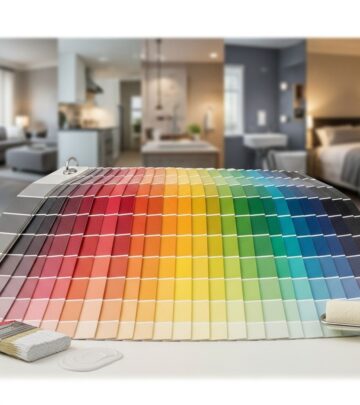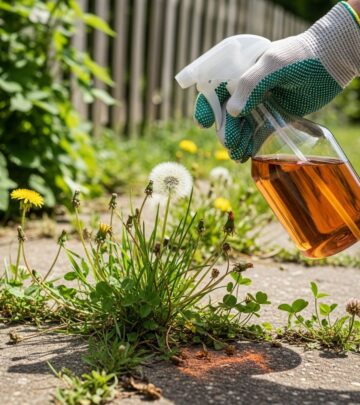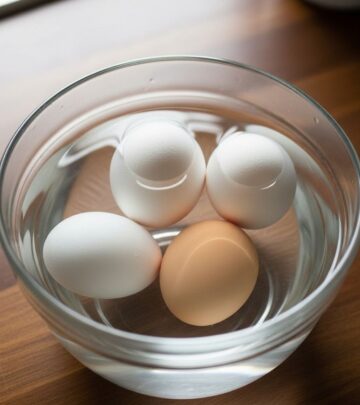How To Clean A Pool: 6 Essential Steps For Sparkling Results
Transform your backyard oasis with easy maintenance tips for sparkling clear water every day!
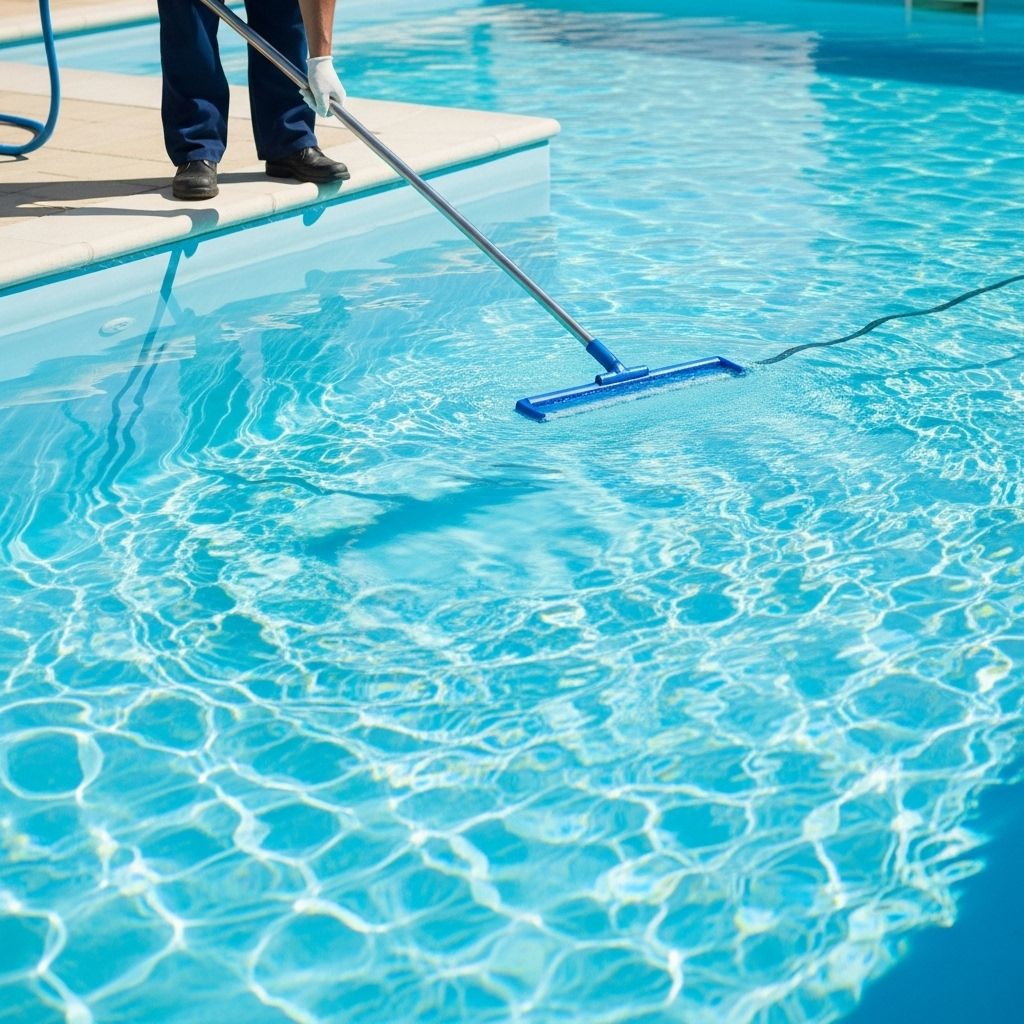
Image: HearthJunction Design Team
How to Clean a Pool: A Step-by-Step Homeowners’ Guide
Keeping your swimming pool crystal clear and ready for use doesn’t have to be a hassle. Whether you’re a new pool owner or an experienced enthusiast, maintaining a clean and sparkling pool involves more than just removing visible debris. It means establishing and following a systematic routine that covers water chemistry, debris removal, equipment maintenance, and periodic deep cleaning. This comprehensive guide walks you through every essential task, ensuring your pool remains an inviting oasis all season long.
Why Regular Pool Cleaning Is Essential
Clean water isn’t just about aesthetics; it’s vital for safe, enjoyable swimming. A neglected pool can quickly become a breeding ground for algae, bacteria, and harmful pathogens. Routine cleaning and proper maintenance also prevent equipment failure and costly repairs in the long run.
Important Pool Cleaning Tasks
- Vacuum Weekly: Removes settled dirt and debris from the pool floor and walls.
- Skim Surface Regularly: Eliminates leaves, bugs, and floating debris before they sink.
- Empty Skimmer and Pump Baskets: Prevents clogging and maintains optimal circulation.
- Test and Balance Chemicals: Keeps water safe, comfortable, and crystal clear.
- Backwash the Filter System: Ensures efficient filtration and system health.
Step-by-Step: How to Clean a Pool
1. Test the Chemical Levels
Always begin pool cleaning by testing the water chemistry before disturbing the pool. Use reliable test strips or a digital testing kit to check:
- Chlorine or sanitizer level
- pH balance
- Alkalinity
- Calcium hardness
- Cyanuric acid (stabilizer)
Balance chemical levels as needed. Maintaining the right water chemistry not only ensures safety but also prolongs the life of your pool surfaces and equipment.
2. Empty the Skimmer and Pump Baskets
Skimmer and pump baskets collect large debris before it reaches your pump and filter. To empty them:
- Turn off the pool system.
- Close valves around the pump to maintain system prime, if possible.
- Remove baskets, empty debris, rinse thoroughly, and replace securely.
Performing this step before vacuuming minimizes the risk of debris clogging your pump impeller.
3. Skim the Pool Surface
Using a long-handled pool skimmer net, sweep the water surface daily or as often as needed to remove leaves, bugs, and floating debris. This prevents organic matter from breaking down and affecting water quality.
4. Vacuum the Pool
Vacuuming targets dirt and debris that have settled on the pool floor and walls. You can use a manual vacuum, an automatic cleaner, or a robotic vacuum (each with varying effectiveness):
- Manual Vacuum: Start in the shallow end and work methodically towards the deep end and main drain. Move the vacuum slowly to avoid stirring up settled particles.
- Automatic and Robotic Cleaners: Let the device navigate your pool, but check for missed spots and supplement with manual cleaning as needed.
Vacuum weekly, or more often after storms, heavy use, or visible buildup. Because filters cannot remove all dirt—especially particles stuck on the pool floor—vacuuming remains a critical part of pool care.
5. Brush The Pool Walls and Floor
Brushing loosens dirt, algae, and scale that clings to pool surfaces, making it easier for your filter or vacuum to remove. Use a pool brush attached to a telescopic pole:
- Start by brushing the waterline (where grime often accumulates).
- Then, working from the shallow end to the deep end, scrub walls and floors from top down toward the main drain.
- Continue brushing until all visible debris is dislodged and ready for vacuuming or filtration.
6. Backwash the Filter System
Filters are the workhorses of pool cleanliness, capturing microscopic debris from the water. When pressure builds up in the filter (usually indicated by a pressure gauge), it’s time to backwash or clean it:
- Sand and DE Filters: Follow manufacturer instructions to reverse water flow and flush out trapped debris.
- Cartridge Filters: Remove the cartridge and hose off debris, or soak as recommended.
Check the filter weekly and service as needed to maintain optimal water quality and flow.
Pool Chemical Maintenance: Essentials
Water chemistry is the backbone of pool maintenance. Here are the key chemicals to monitor:
- Chlorine: The primary sanitizer, keeps water free of germs and algae.
- pH: Should be between 7.4 and 7.6; ensures comfort and prevents equipment corrosion or scale buildup.
- Total Alkalinity: Helps stabilize pH; ideal range is 80–120 ppm.
- Calcium Hardness: Prevents corrosion and etching; should be 200-400 ppm.
- Cyanuric Acid (Stabilizer): Protects chlorine from sunlight degradation.
Test and adjust these parameters at least weekly. Use a water testing kit and add chemicals as directed to restore balance.
When and How to Shock Your Pool
Pool shocking involves adding a high dose of chlorine (or non-chlorine oxidizer) to the water, rapidly raising sanitizer levels to destroy algae, bacteria, and organic contaminants. Shock your pool:
- After heavy rainfall or pool parties
- When water appears cloudy or green
- After detecting high chloramine levels (strong chlorine odor)
Best practice: Shock the pool after sunset (to prevent rapid chlorine loss from sunlight), run the pump overnight, and avoid swimming until chlorine returns to a safe range.
Extra Tips for Keeping Your Pool Sparkling
- Cover the Pool: Use a solar blanket or cover when not in use. This reduces debris, conserves water, and helps maintain chemical balance.
- Ensure Good Circulation: Run your pool pump daily for the recommended number of hours, ensuring water moves through the filtration system.
- Protect Pool Walls: Regular maintenance prevents lining or wall damage, especially in above-ground pools.
- Monitor Water Level: Maintain water at the recommended height to keep skimmers and pumps working efficiently.
Common Pool Cleaning Tools and Equipment
| Tool/Equipment | Purpose |
|---|---|
| Telescopic pole | Attaches to nets, brushes, and vacuums for easy reach |
| Skimmer net | Removes floating debris from water surface |
| Pool vacuum (manual/robotic) | Cleans floor and walls, removes embedded dirt |
| Pool brush | Scrubs pool walls, floor, and waterline |
| Test kit/strips | Measures chemical levels for safe water |
| Filter (cartridge, sand, DE) | Removes fine debris and contaminants from circulation |
Establishing a Pool Cleaning Schedule
A regular schedule simplifies pool care and maximizes results. Here’s a simple example to get you started:
- Daily: Skim the surface, run the pump, check water level
- Weekly: Vacuum, brush, test water, empty baskets
- Monthly: Deep-clean filter, inspect equipment, check for algae buildup
- Seasonally: Shock the pool, inspect pool structure, perform system checks and adjustments
Frequently Asked Questions (FAQs)
How often should I clean my pool?
You should perform basic pool cleaning tasks (skimming, emptying baskets) daily or as needed, with thorough vacuuming and chemical checks at least once a week for best results.
Can I use a robotic cleaner for my pool?
Yes, robotic pool cleaners are effective for regular maintenance and can save time. However, some models may require auxiliary pumps, and spots might still need occasional manual cleaning.
Why does my pool get cloudy even if I clean it?
Cloudiness often results from imbalanced water chemistry, insufficient filtration, or organic contaminants. Regularly test and adjust chemicals, run the filter, and shock the pool as needed.
Is it safe to swim after shocking the pool?
No, wait until chlorine levels return to the recommended range (usually 1–3 ppm) before using the pool again. This usually takes 8–24 hours after shocking, depending on dosage and pump circulation.
What should I do if my pool turns green?
A green pool often indicates algae growth. Shock the pool with a suitable oxidizer, brush surfaces thoroughly, run the filter continuously, and test/balance chemicals daily until clear.
Conclusion
With a systematic approach and regular upkeep, keeping your pool clean becomes a manageable, rewarding task. By following the steps outlined—testing water, vacuuming, skimming, brushing, and maintaining your filtration system—you ensure a safe, sparkling, and inviting pool for your family and friends. Remember, a little consistent effort prevents major headaches and lets you enjoy the pool season to its fullest.
References
- https://www.thespruce.com/how-to-clean-a-pool-8613102
- https://www.thespruce.com/above-ground-pool-maintenance-2736832
- https://bouldercolorado.gov/locations/spruce-pool
- https://bouldercolorado.gov/locations/scott-carpenter-pool
- https://www.thepoolbutler.net/resource/5-great-ways-to-spruce-up-your-pool-for-spring/
Read full bio of Srija Burman

